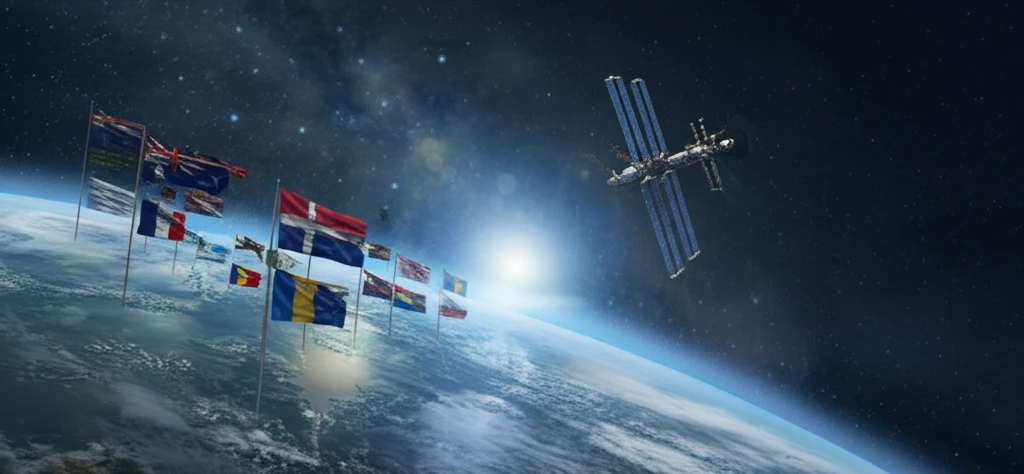
Mars Mission: How Global Collaboration Can Get Us There
"Exploring a data-driven proposal, named Vela, for international cooperation in space exploration, making the dream of establishing a human presence on Mars a reality."
The allure of Mars has captivated humanity for decades. The question of whether we can become an interplanetary species isn't just about curiosity; it's fundamental to our long-term survival. Establishing a human presence on Mars is vital, but it demands resources, and that's where international collaboration becomes essential.
The UN Office of Outer Space Affairs emphasizes the importance of synergy in space development and international cooperation through data and infrastructure sharing, particularly highlighted in Sustainable Development Goal 17 (SDG17). However, current efforts are divided, primarily between the Artemis program and the Roscosmos-CNSA initiatives, both aiming to establish permanent human settlements on the Moon. To truly expand our reach into space, it's essential to consolidate economic resources to support technologically ambitious expeditions.
A new study proposes a data-driven approach to a multinational space mission named Vela, designed for the development of an orbiting space station around Mars in the late 2030s. By analyzing the budget data of the top five federally-funded space agencies—CNSA, ESA, JAXA, NASA, and Roscosmos—this mission aims to distribute economic resources and technological capabilities effectively, ensuring programmatic redundancy and increasing the likelihood of success.
Why Mars? Understanding the Motivation Behind Interplanetary Travel

Establishing a human presence on Mars is not just about planting a flag on another planet; it’s about answering fundamental questions about our existence and ensuring our survival as a species. While improving life on Earth remains a priority, the pursuit of interplanetary travel addresses our innate curiosity and provides potential solutions for long-term sustainability.
- Economic Benefits: Cost-sharing reduces the financial burden on individual nations.
- Technological Advancement: Pooling expertise fosters innovation and accelerates technological progress.
- Political Stability: International partnerships protect programs from national policy shifts.
- Increased Reliability: Collaboration enhances a nation's reputation as a dependable partner.
The Future is Collaborative: Building a Martian Outpost Together
The Vela mission presents a compelling vision for international collaboration in space exploration. By leveraging the strengths and resources of multiple space agencies, this mission aims to establish a human presence on Mars in a cost-effective and sustainable manner. The success of such an endeavor hinges on the ability of nations to work together, share resources, and commit to a common goal—expanding humanity's reach into the cosmos.
